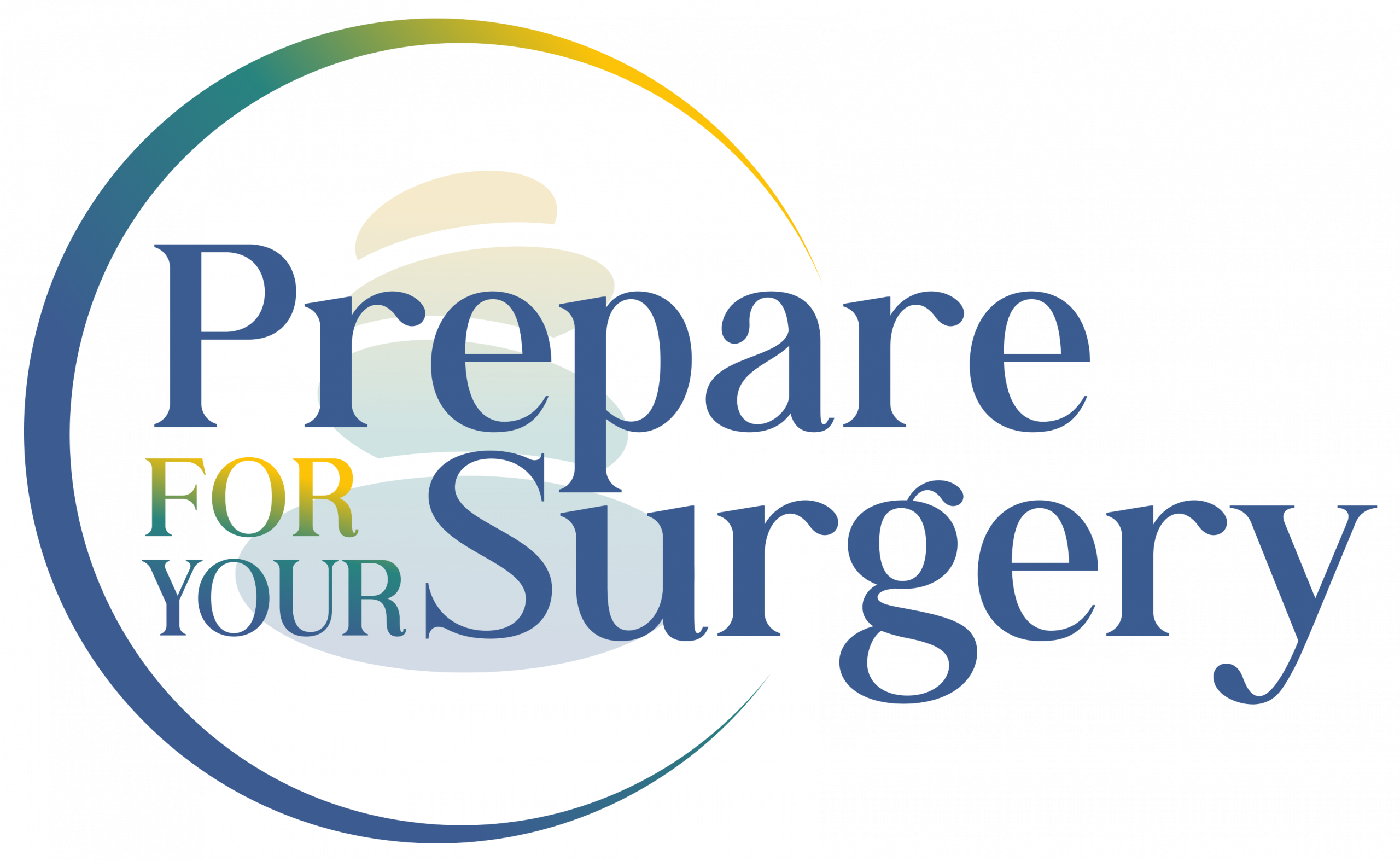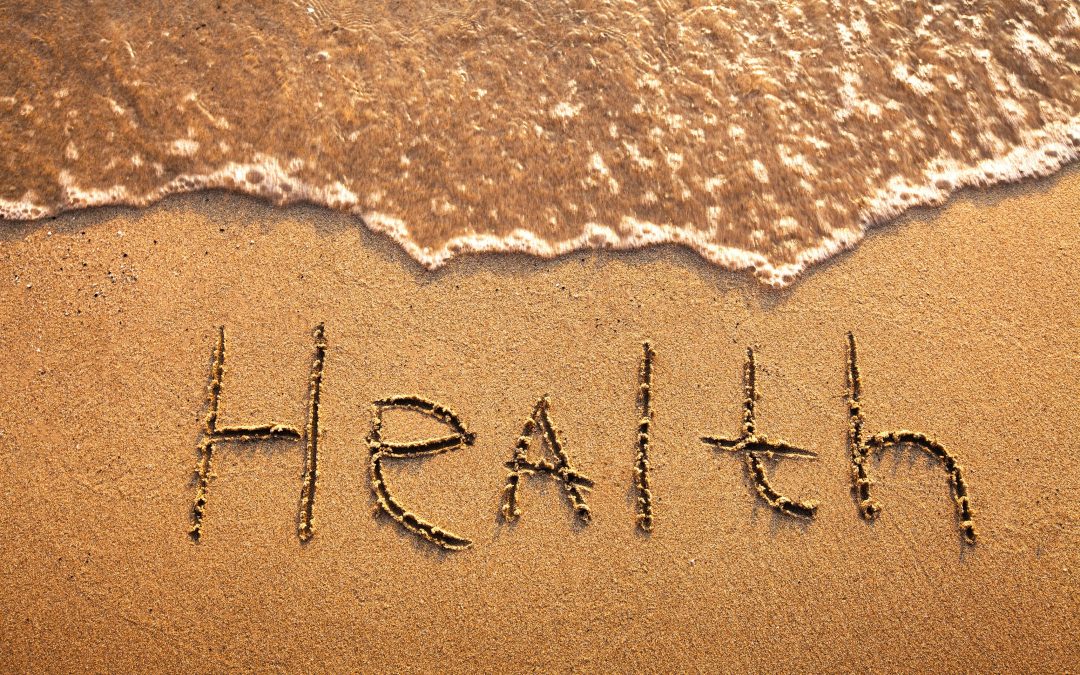In planning for retirement, what is it that is both your most important asset as well as potentially your largest expense? It’s your health! If you haven’t put as much time and effort into improving, maintaining, and protecting your health as you have your finances, now is the time to begin.
Take care of your health and your health will take care of you.
One of the first steps to take in retirement planning is estimating your life expectancy or lifespan. You need to know how long you might live in order to estimate how much money you’ll need. This is a great place to start in predicting your health expectancy or healthspan as well – the period of your life that is healthy and enjoyable. Many factors go into predicting both of these measures. Your overall health is the most important one. I imagine that you’d agree that ideally your healthspan will last as long, or nearly as long, as your lifespan. Is this an achievable goal? I say YES! But (you knew there was a ‘but’ right?) only with a good amount of planning and effort.
You can improve your healthspan by maintaining a healthy lifestyle and avoiding or eliminating chronic diseases such as heart disease, high blood pressure, high cholesterol, diabetes, and chronic lung disease. The chances of developing cancer can also be reduced by making healthy choices. Chronic disease and poor health have a tremendous impact on your finances as well. The estimated cost of diabetes is as much as $4,700 per year. The cost of cancer can add up to a whopping $46,000 for the first six months after diagnosis.
So where do you begin in order to insure a lengthy healthspan? There are so many recommendations out there for improving health that the information can be overwhelming and confusing at times. But health experts agree that the following five steps are the basis for any healthy lifestyle:
#1 Quit smoking. If you smoke, or use any tobacco products for that matter, the most important and beneficial thing you can do for yourself is to quit. Within two weeks after quitting smoking you will experience increased circulation, oxygenation, and as much as a 30% improvement in lung function. Within three years of quitting your risk of heart attack is the same as that of a non-smoker.
#2 Engage in regular physical activity. The benefits of regular physical activity are tremendous: weight control, reduced risk of many chronic conditions, improved mood, stress reduction, increased energy, and improved sleep. And since physical activity can often be done with others, you can experience improved social connection – with family and friends – as well.
#3 Eat a high-quality diet. Advice about what constitutes a healthy diet seems to have no bounds. Most guidelines, at the least, recommend lots of fresh fruits and vegetables, whole grains, low-fat dairy products, high-quality proteins such as lean meats and legumes, and little or no processed foods.
#4 Moderate your alcohol intake. Current guidelines recommend limiting alcohol intake to 1 drink per day for women or 2 drinks per day for men. A “drink” is the equivalent of 12 ounces of beer, 5 ounces of wine, or a 1.5 ounce shot of liquor.
#5 Maintain an optimal body mass. The optimal body mass index (BMI) is between 18.5 and 24.9. Keep in mind that having large bones or a lot of muscle can lead to having a “high” BMI, so it’s best to consult a healthcare or fitness professional if you’re unsure of the optimal BMI for your body type.
The best project you will ever work on is yourself.
You’ve worked hard saving and planning for retirement. Make sure you can enjoy those years to the fullest by taking care of your health as well as your finances. If you’re not sure of where to begin or how to begin, consider working with a wellness coach. Coaching can help you clarify and determine your goals, plan for ways to meet those goals, help keep you accountable, champion your achievements, and help you maintain the motivation and momentum you need to remain healthy and active for as long as you live.

